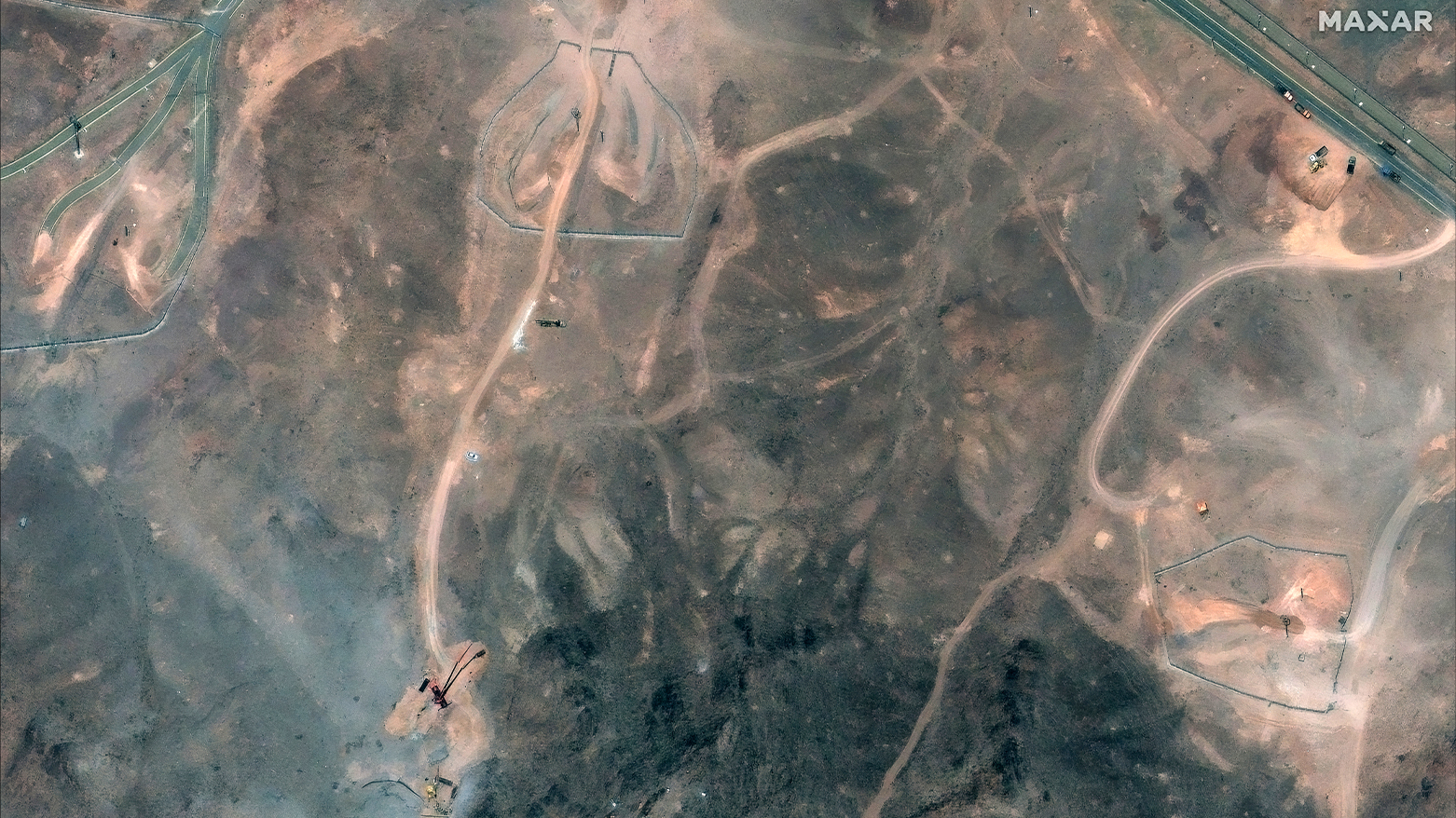French Intelligence: Iran's Uranium Stockpile Location Unknown
France’s intelligence chief Nicolas Lerner says recent US-Israeli strikes set back Iran’s nuclear program by months, destroying some enriched uranium. But uncertainty remains over most of the stockpile’s location, as IAEA access is blocked. Talks with the US are expected to resume.

By Kamaran Aziz
ERBIL (Kurdistan 24) — In a televised interview on La Chaîne Info (LCI), Nicolas Lerner, head of France’s foreign intelligence service (DGSE), confirmed that parts of Iran’s highly enriched uranium were destroyed in recent US and Israeli strikes, but there remains significant uncertainty regarding the location of the rest of the stockpile.
Lerner stated that Iran’s nuclear program was "very, very delayed" as a result of the coordinated strikes. When asked for a timeframe, he estimated that the program had been set back by several months. However, he warned that Iran could still pursue a clandestine nuclear path using smaller enrichment facilities. “That’s why France is so attached to finding a diplomatic solution to this nuclear crisis,” Lerner said.
His remarks came as a French diplomatic source told Reuters that European powers may reimpose United Nations sanctions on Iran if nuclear talks fail to produce an agreement that protects European security interests. The comments followed a call between French Foreign Minister Jean-Noël Barrot and his British counterpart David Lammy ahead of an upcoming Franco-British summit.
Talks between Iran and the United States are reportedly expected to resume this week after a hiatus prompted by the 12-day war between Israel and Iran in June. The negotiations have remained deadlocked over the issue of uranium enrichment, with U.S. President Donald Trump demanding that Tehran fully abandon its enrichment activities.
Although Tehran has consistently denied pursuing nuclear weapons, it continues to enrich uranium up to 60%, a level far exceeding civilian energy requirements and close to weapons-grade. According to Israel, Iran has recently taken steps toward weaponization. In response to last month’s military confrontation, Iran halted all cooperation with the International Atomic Energy Agency (IAEA), the United Nations' nuclear monitoring body.
During the June conflict, the US targeted Iran’s three primary nuclear sites, including the deeply fortified Fordow facility, which was reportedly struck using U.S.-developed “bunker buster” bombs. Trump claimed the operations "obliterated" the nuclear installations and uranium stockpile. However, intelligence assessments from U.S. and European agencies later suggested that the sites were not entirely destroyed and that Iran had preemptively relocated much of its enriched uranium.
Speaking on national television for the first time, Lerner stated, “No intelligence service in the world was capable in the hours after these strikes of making a perfect, full evaluation of what happened.” He further explained: “There’s consensus on the fact that the material — the 450 kilograms [990 pounds] of enriched uranium — maybe a small part was destroyed, but that material remains in the hands of the regime.”
“Today we have indications [on where it is], but we cannot say with certainty as long as the IAEA does not restart its work. It’s very important. We won’t have the capacity to trace [the uranium] without the IAEA,” Lerner said.
Assessing the broader state of Iran’s nuclear program, Lerner emphasized: “Our assessment today is that every stage of the process,” from enriching uranium to designing a nuclear warhead and mounting it on a missile, “was very seriously affected, very seriously damaged. The Iranian nuclear program as we know it has been very, very delayed.” He added, however, that the evaluation "needs to be fine-tuned" and stressed the need to remain "cautious."
Israel's large-scale operation against Iran began on June 13, targeting top military leaders, nuclear scientists, enrichment facilities, and ballistic missile infrastructure. The Israeli government justified the offensive by citing Iran's declared intention to destroy the Jewish state.
Iran retaliated with a barrage of over 500 ballistic missiles and approximately 1,100 drones directed at Israeli territory. According to Israeli health officials and hospitals, the attacks killed 28 people and wounded more than 3,000. A total of 36 missiles and one drone struck populated areas, damaging 2,305 residential units across 240 buildings, two universities, and one hospital. The violence displaced more than 13,000 Israelis.